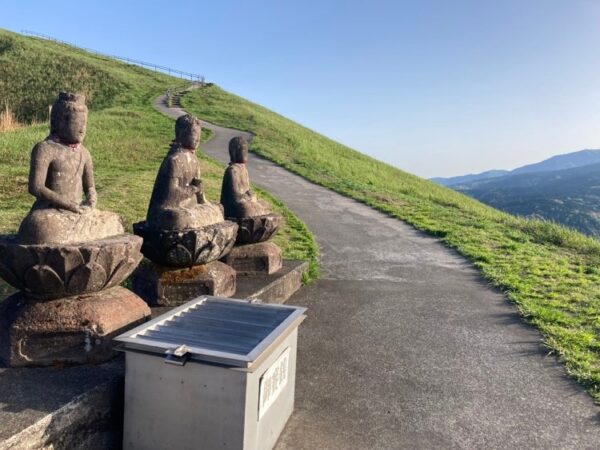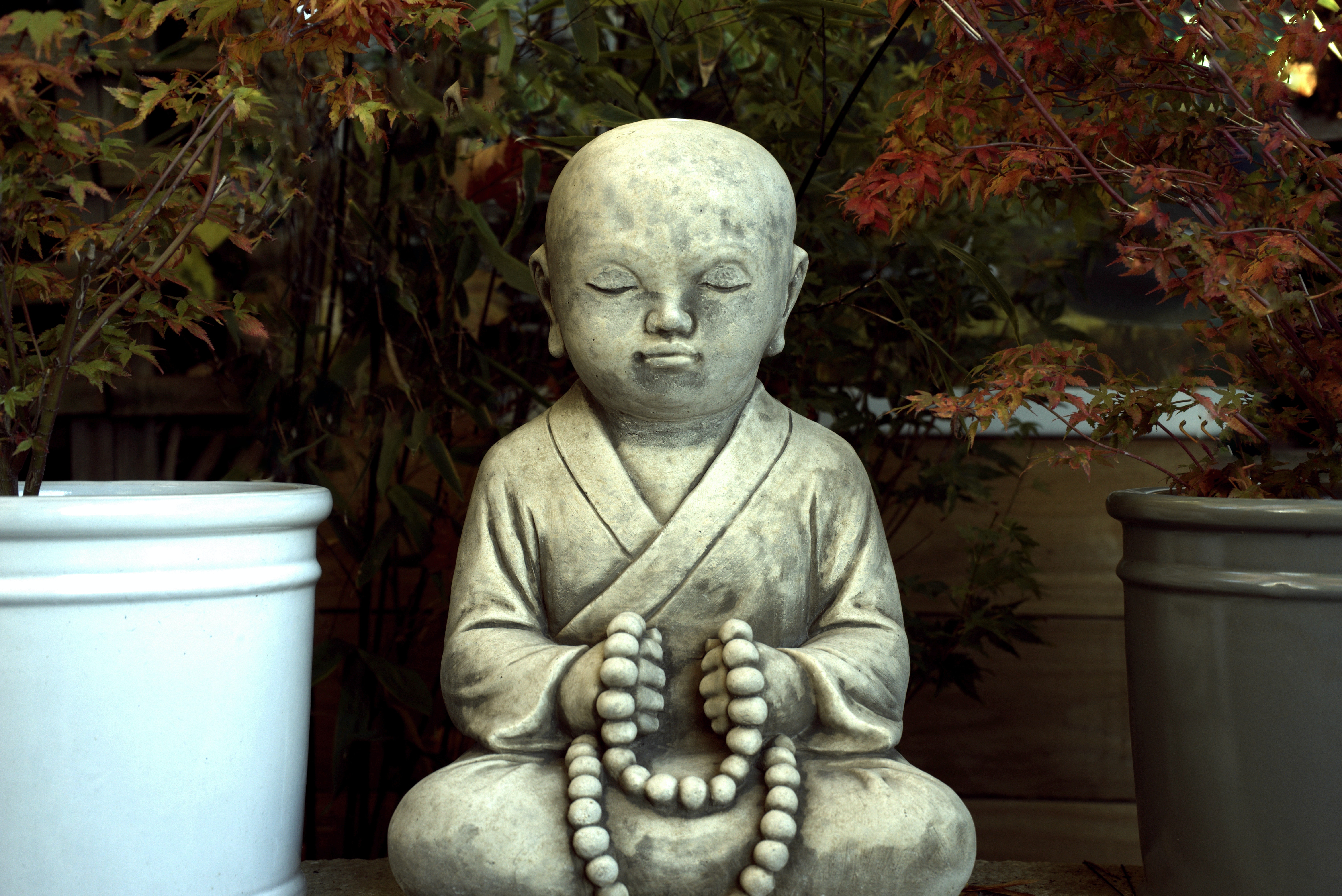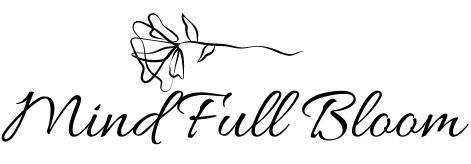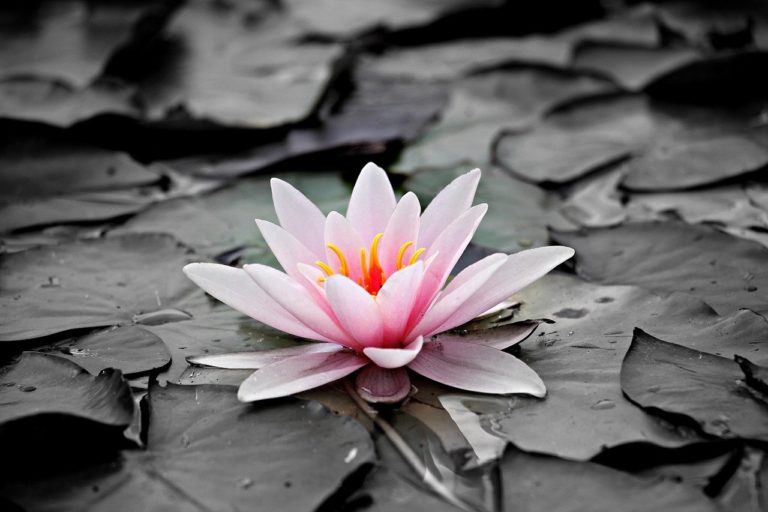
It can be difficult to remember our mindfulness practice. Especially when life gets hectic and we’re low on time.
But here’s a simple way to add more mindfulness into your life: designate one day a week as a day of mindfulness.
Thich Nhat Hanh , renown mindfulness teacher and Buddhist monk (1926-2022), suggested this practice in his book, ‘The Miracle of Mindfulness.’
He states that one day a week focused on mindfulness will transfer the habit into your normal daily life.
How to Apply Simple Mindfulness Practice:
Set Reminders
Set reminders so you don’t forget to practice to be mindful all day. For example, set an alarm on your phone. Or, you can write it in your calendar.
It’s best to set multiple reminders. If it’s a workday, put a note somewhere you know you’ll see it.
Try to set your reminder the night before or morning of your mindful day. This way, you’ll start your morning with mindfulness, which will make it easier to continue throughout the day.
If you have time, add in a morning meditation session, as well.
Read Related: 10 Calming Mindfulness Quotes to Relieve Stress

Be Present
As you go through your day, do your best to perform each action in mindfulness.
Bring attention to your breathing. Be aware of your body and how it feels. Practice being a non-judgmental observer of your thoughts, breath, body and actions you take.
Bring Mindfulness Into the Mundane
Mindfulness means being fully present in whatever you’re doing. But when you’re doing something you don’t like, this can be very difficult. Your mind will want to escape by fantasizing about the future or getting lost in your thoughts.
To counter this, notice the resistant thoughts that come up as you do the unwanted activity. Don’t react to them or try to push them away. Then refocus back to the activity. Give it your full attention.
You might even realize that the activity itself is not so bad. Rather, it’s the stories we make up about it in our heads that upset us.
“Don’t do any task in order to get it over with. Resolve to do each job in a relaxed way, with all your attention. Enjoy and be one with your work… The feeling that any task is a nuisance will soon disappear if it is done in mindfulness.”
Thich Nhat Hanh (The Miracle of Mindfulness)
Dealing with Painful Emotions
If any uncomfortable emotions come up, use this same simple mindfulness practice.
Notice your behavior of wanting to escape from the emotion. Allow yourself to feel it without any judgment. Remember it’s only a physical sensation. Bring awareness into your breath and where the emotion is in your body.
Ask yourself, ‘What is this emotion trying to teach me?’ Let your mind be still and you might find an answer. Often, understanding what’s causing our emotions is the key to being able to let them go.

Read More: 10 Powerful Ways Mindfulness Changed My Life
Embrace Silence
On your day of mindfulness, remember to embrace silence. The more silence you have throughout the day, the easier it’ll be to practice mindfulness.
Limit noises and distractions like music, television, videos, podcasts, etc.
Embrace moments of silence throughout the day.
Drive with mindfulness instead of blaring loud music. Or when waiting in line, instead of breaking out your phone, be mindful of your bored thoughts, or of your surroundings.
Speak Less, Listen More
You should also set your practice on a day that you don’t normally have a lot of social interaction. For example, don’t set it for a Saturday if you always meet up with friends then. This is because it’s more difficult to maintain mindfulness when talking with others.
However, if you can’t refrain from socializing or loud noises – don’t fret. Instead, try your best to remain fully present while you’re talking with others, or engaged in the activity.
Mindfulness takes focus and concentration. It’s like a muscle that strengthens each time we practice. Therefore, the less distractions we have, the more you’ll be able to retain your focus.

Anchor Your Thoughts
Thich Nhat Hanh also recommended using thoughts as an anchor to the present.
For example – say you’re walking from your house to the market. Think to yourself, I’m walking to the market or just walking to the market. Let this thought be a reminder to just focus on this one activity.
However, don’t get too attached to the thought and repeat it over and over. The key is not in repetition. But, rather, use it as an anchor to stay aware of each moment.
This Moment is Enough
By practicing mindfulness, we realize that this moment is already enough. That our role is to give our complete attention to whatever we’re doing, right now.
Just do one thing at a time. You don’t need to worry about the future or know what the next moment will bring. It’s enough to just be fully present.
Benefits of This Simple Mindfulness Practice
One day a week of mindfulness might not seem like a big deal. But, as you get consistent with this practice, you’ll start to gain many benefits.
Such as:
- Mindfulness will become a regular habit on other days of the week
- You’ll be more present in everything you do
- You’ll find more enjoyment, even in mundane activities
- Your mind will be more relaxed and calm
- Less stress and overwhelm
- You’ll feel like you have more time
- More clarity of thought
“Live the actual moment. Only this actual moment is life.”
Thich Nhat Hanh (The Miracle of Mindfulness)
Closing Thoughts
I hope this article inspires you to start a new mindfulness practice. Commit one day a week as your day of mindfulness.
But, always remember to be patient with yourself – your practice is not going to be perfect. However, over time, even baby steps can lead to big changes.
Each time you bring your attention back to the present, you strengthen your mindfulness muscles. With every conscious breath – you reinforce the habit of prioritizing the most important thing, or really – the only thing we have: this present moment.








Very good article. I absolutely love this site. Thanks!
Thanks for your kind words! 🙂